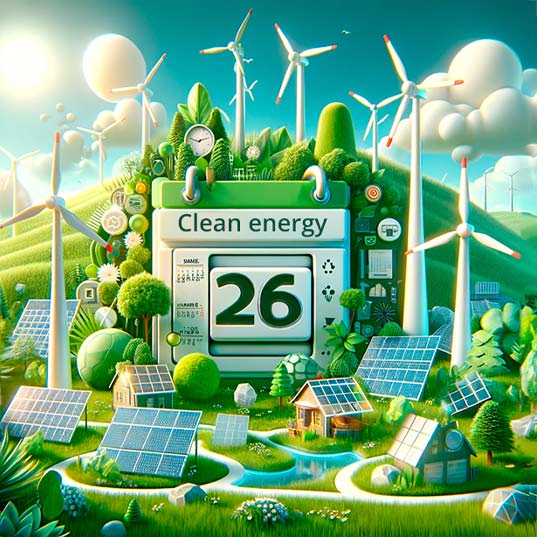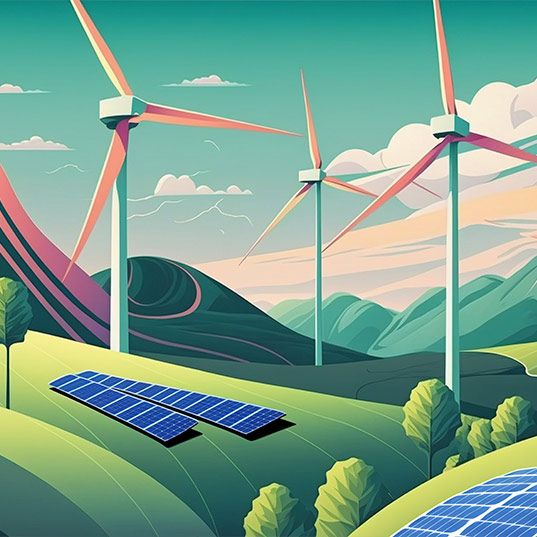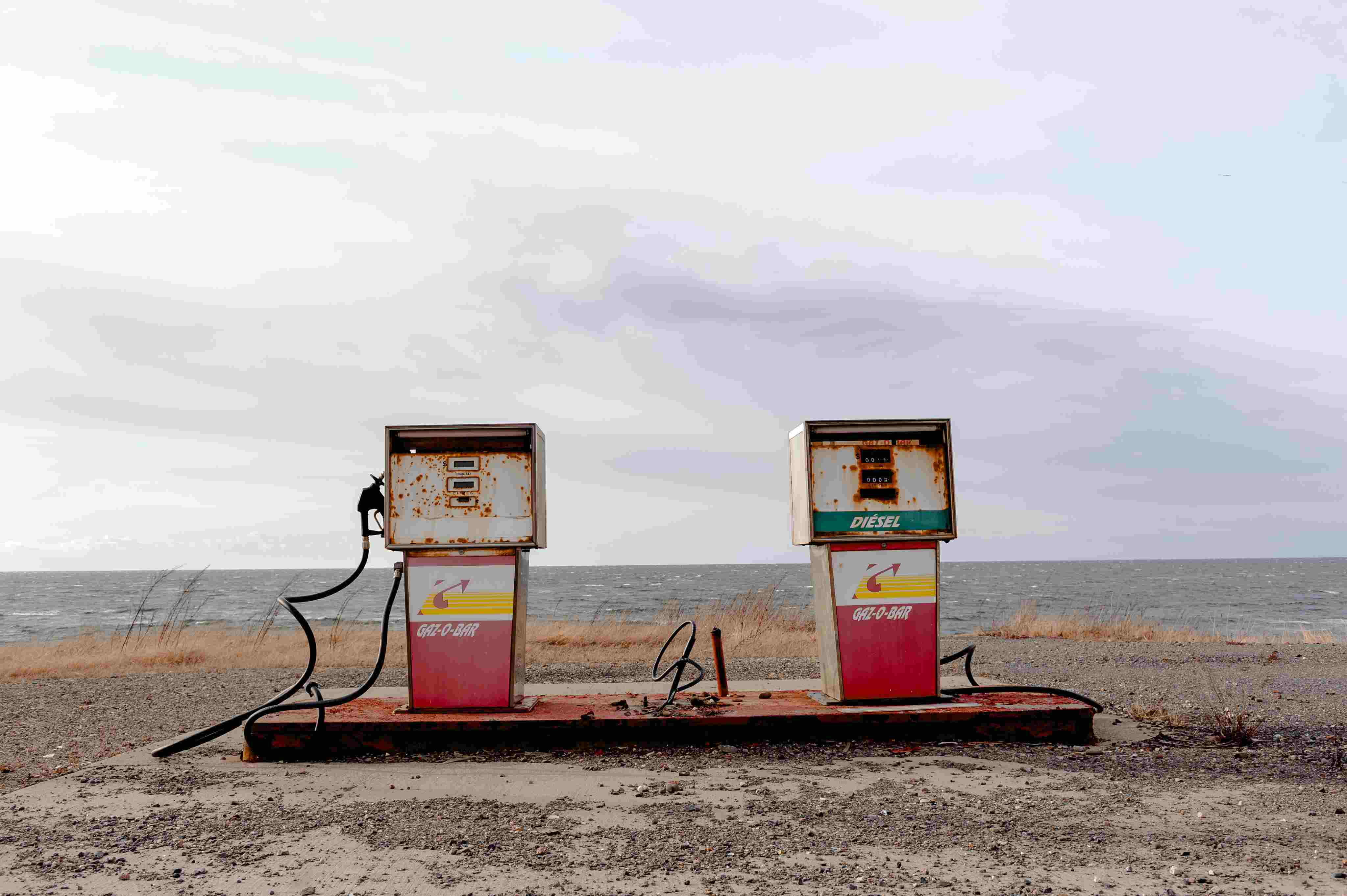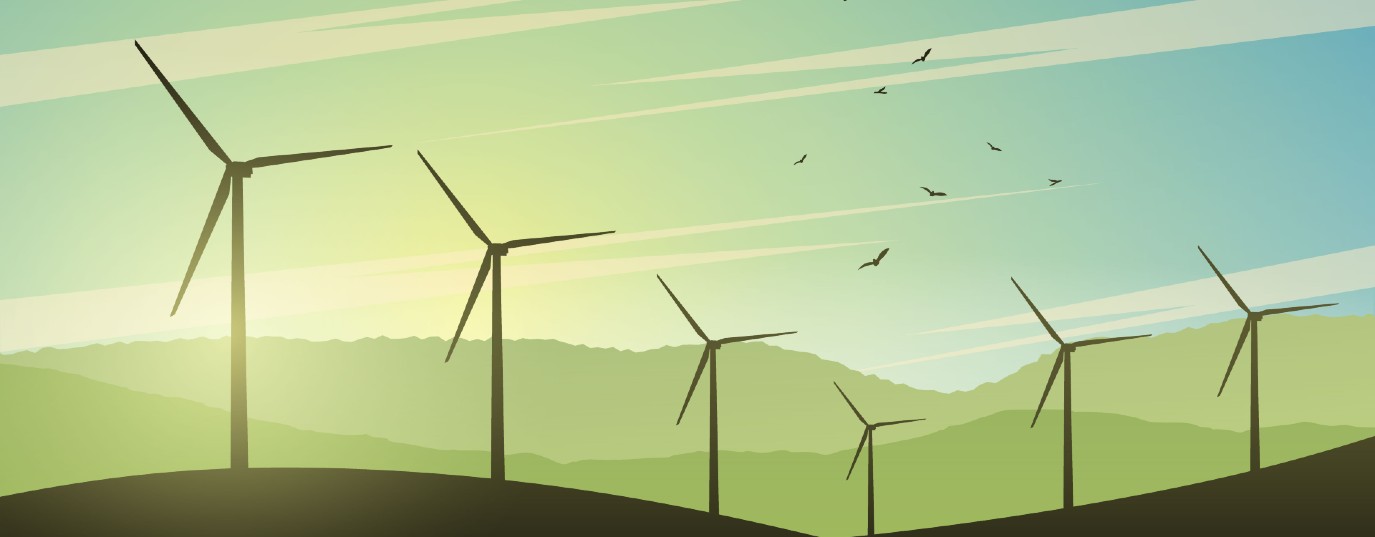The ‘other’ advantage of renewable energies
Compared to the irreversibility of climate change if we don’t act now, renewables are easily reversible at the end of their useful life.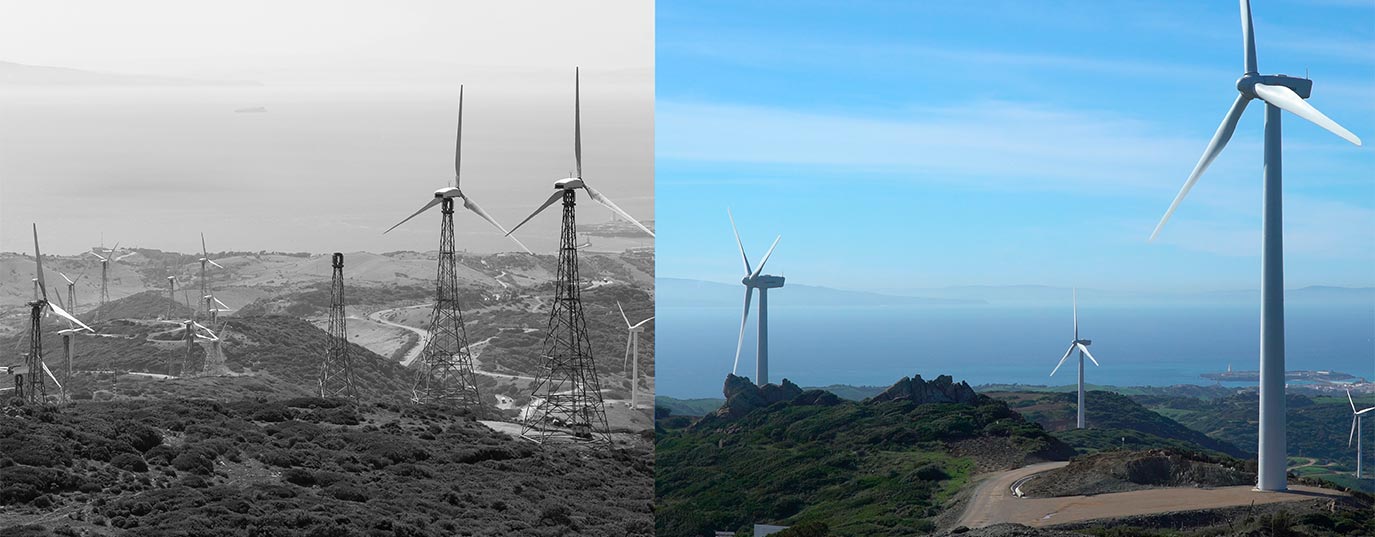
Listen to this article
It is well known that renewable energies are an essential part of a carbon-free economy. They don’t emit greenhouse gases and as such are fundamental in halting global warming. They are also as inexhaustible as the Sun, use resources available anywhere on the planet and thus contribute to reducing energy dependence.
But, alongside these well-known advantages, there is another highly positive quality that is not so well known, given the time has not yet arrived to put it into practice: renewable facilities are easily reversible.
Renewable installations can be decommissioned rapidly and economically and allow the land where they are placed to be returned to almost exactly its former state. Dismantling a wind farm or solar plant at the end of their useful lives, or because they are to be replaced by other more modern and efficient facilities, is technically simple, economically manageable and environmentally sustainable.
This obviously contrasts with the potentially irreversible effects of not acting against climate change. As such, when the opportunity arises to install a renewable plant, and it is evaluated in terms of its impact on the environment, it is important not to lose sight of the fact that the cost of not going ahead with the project will open the door further to climate change that’s impossible to reverse. Add to that the effects in the form of flooding, drought, fires, loss of biodiversity and farming produce, and other adverse phenomena difficult to reverse and which will last for several centuries.
What will I learn from this article?
- The reversibility of renewable facilities
- Recovery, recycling and reuse
- Recycling of waste from renewables
The irreversibility of climate change compared to the reversibility of renewables
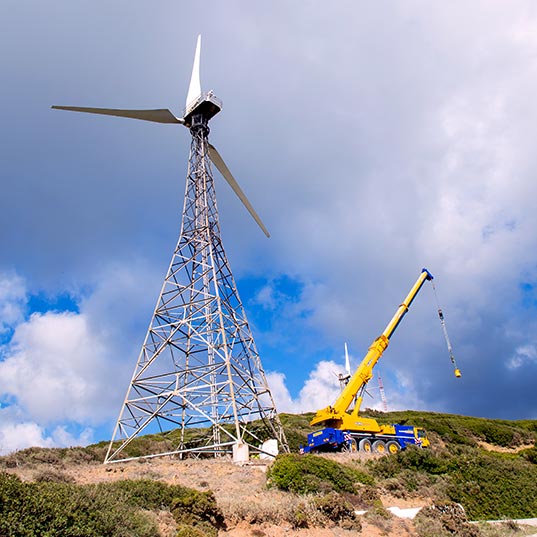 Renewable energy facilities, with the exception of hydroelectricity, which dates from the end of the 19th Century, are relatively recent. The first commercial wind farms and solar plants are around 30 years old and, whereas their useful life is now forecast to be longer than first thought, the time could arrive when they will have to be substituted by other models, either for strategic reasons or deterioration of the older devices or technology.
Renewable energy facilities, with the exception of hydroelectricity, which dates from the end of the 19th Century, are relatively recent. The first commercial wind farms and solar plants are around 30 years old and, whereas their useful life is now forecast to be longer than first thought, the time could arrive when they will have to be substituted by other models, either for strategic reasons or deterioration of the older devices or technology.
Experts say that the wind farms will be the first generation to be replaced – known as “re-powering”. This is what happened with El Cabrito wind farm, the oldest in Cadiz province, Spain, renovated with the aim of improving its technical efficiency 24 years after it first came on line in 1995.
This significant refurbishment consisted of the replacement of 90 already obsolete wind turbines by 12 new units, much more modern and efficient, which manage to maintain the same capacity (30 MW) while increasing production by 16%:
"One of the great advantages of renewables is that they are reversible. They can be dismantled while hardly affecting their environment, in contrast with the irreversible legacy of failing to halt climate change".
Dismantling renewable facilities involves much fewer logistical complications and environmental risks than the decommissioning of nuclear or fossil fuel power stations. This is mainly due to the fact that, with renewable energies, neither radioactive waste nor noxious emissions occur, nor grave impacts on the land which, for example, a coal mine might cause. Also, the restitution of the land on which they are located is much simpler, quicker and cheaper than for conventional energy plants.
But also infinitely less time is needed to decommission them compared to conventional power stations, because the inventory consists of electrical equipment – easily dismantled – and a much simpler land restoration task.
In the case of nuclear plants, at least 10 years is needed for decommissioning – with a very high cost associated, as is the case at Zorita nuclear power station, the oldest in Spain – and the nuclear waste has to be disposed of safely, which is neither easy nor rapid and the system for which has not so far been resolved definitively.
The energy transition occurs through recovery, recycling and reuse
There is no end to the expansion of renewable energies. In Europe, 42.5% of all energy will come from green sources by 2030, according to the mandatory target agreed by EU energy ministers in June. But this progress carries challenges with it that still have to be resolved. From 2025, Europe will ban the disposal of wind turbines, solar panels and batteries in waste tips at the end of their useful lives.
It's therefore time to innovate. Electricity generators like ACCIONA Energía are blazing a trail in this regard. They are undertaking an exhaustive evaluation of the materials that make up each project, taking an inventory of the amount of concrete, steel and copper, among others, present at each facility. From this, they will carry out a study to determine the estimated percentage of recycling possible as part of the recovery process.
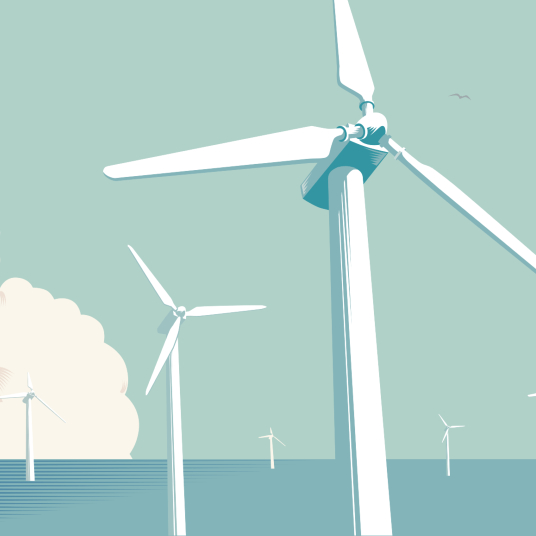 At the end of the decade, waste derived from dismantling renewable energy facilities – mainly wind turbines and photovoltaic panels – will have increased 30-fold in Europe, says the European Environment Agency (EEA).
At the end of the decade, waste derived from dismantling renewable energy facilities – mainly wind turbines and photovoltaic panels – will have increased 30-fold in Europe, says the European Environment Agency (EEA).
The recycling of photovoltaic panels is technically viable. According to the Spanish Photovoltaic Union, photovoltaic panels are much more recyclable compared to other electronic waste. A photovoltaic module mainly comprises glass (78%), aluminum (10%), plastic (7%) and metal and semiconductors (5%). Simply recovering the aluminum frame and glass from the front of the panel results in the recycling of more than 80% of its weight.
Approximately 90% of the mass of a wind turbine is also easily recyclable. The tower and rotor, mainly made of metal (although there are concrete towers), are relatively simple to recycle.
The main challenge appears to be with the blades of wind turbines. As Wind Europe points out, they contain complex composite materials: a combination of reinforced fibers (generally glass or carbon fibers) and a polymer matrix. These composites improve the performance of the wind turbine generators. They allow lighter and longer blades with optimized aerodynamics, but their configuration also presents challenges for recycling.
Technologies, though, are already being developed to recycle the blades. One of the most promising projects concerns the dismantling of renewable energy facilities at the Extremadura I-II-III photovoltaic complex in Badajoz. Here they transformed these composites into a micronized powder with which they constructed beams to replace the galvanized supports that hold up photovoltaic panels. A zero-waste approach which also uses the raw material to continue generating renewable electricity. Read more about this process here or watch the following video:
The circular economy applied to renewable energy waste
Renewable energy facilities have a useful life of several decades during which they do not generate waste. This is precisely one of the main features of these energy sources. But there is waste derived from processes like the installation, transport, cleaning and maintenance which has to be managed in accordance with the circular economy to increase even more the sustainability of these facilities.
ACCIONA Energía recycles 98.2% of the waste it generates. A figure which includes the waste generated in all stages of the life cycle of projects, from their beginning to their end. This includes, for example, the wooden boxes used to package the panels and other materials before they are installed. Once they have fulfilled their function, the wood is recycled to create street furniture, such as benches, for neighboring communities.
This is also the case for hydroelectric facilities which, during the generation of electricity, hardly produce any kind of debris. The only scrap they produce comes from changing the oil in motors or the rags used in maintenance and cleaning (1.8% of which is not possible to recycle).
According to the company, most waste it generates (between 70 and 80%) comes from biomass plants, where the combustion of straw produces clinker and ash. Fortunately, this waste can be fully recycled.
Sustainability forms part of the DNA of renewable energies. Dismantling and managing their waste appropriately, using circular economy principles, is an opportunity to reduce even more our impact on the planet.
Sources:


